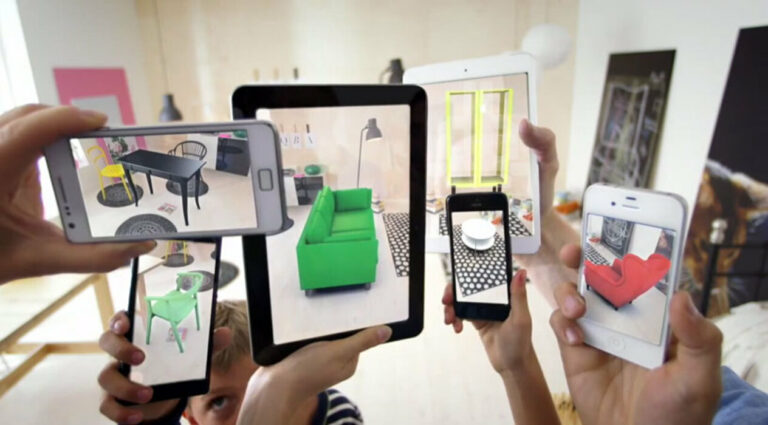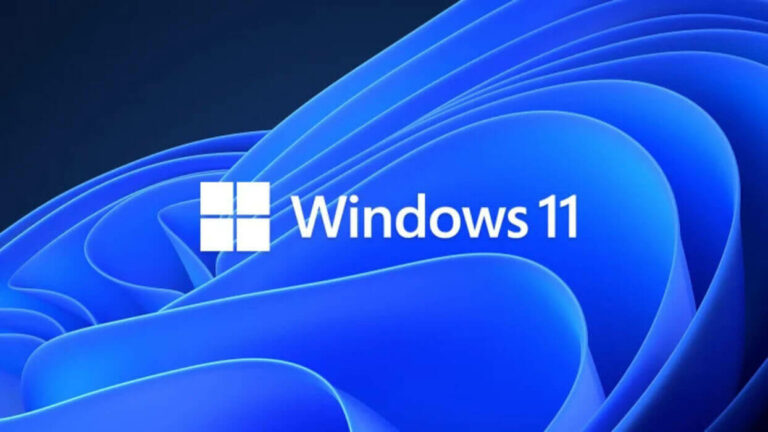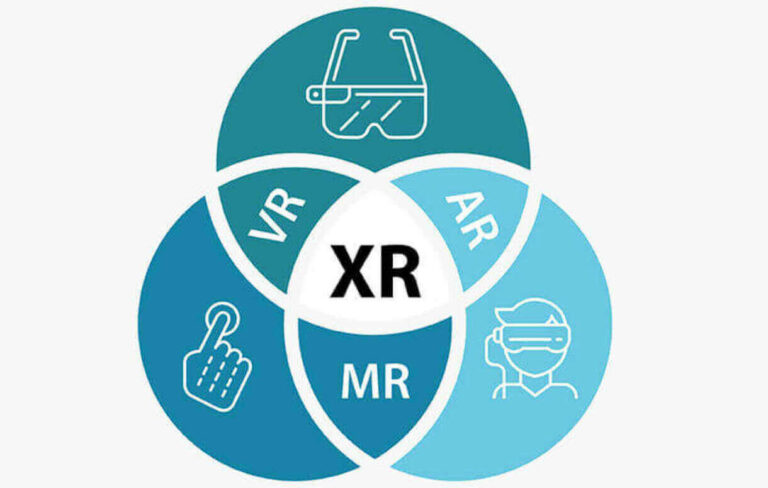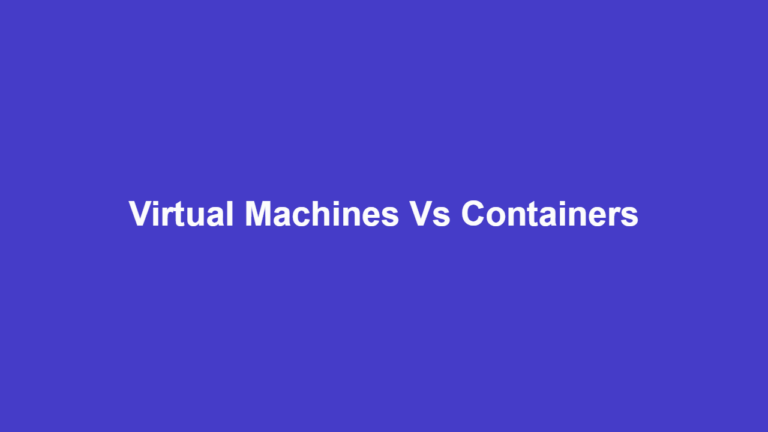6 Best Augmented Reality Frameworks In 2025

Augmented reality frameworks are software tools that make it easy for developers to create AR applications.
Though slightly different from each other, these frameworks come with the necessary tools and components to handle all the stages and aspects of AR software development.
Their unique features also make some augmented reality frameworks more suited to certain applications than others – from projections to location-based, superimposition, and mixed reality.
This guide shows you everything about AR frameworks, including their best features and what you can do with them.
The Benefits of Using AR Frameworks
From gaming to shopping in a virtual store to exploring a potential new home, augmented reality applications offer many benefits to end users. But when it comes to developers, AR frameworks are the tools that make lives easier and their benefits include:
- Efficiency – Frameworks provide frequently used tools and components that can aid AR developers to quickly develop applications. This saves them time and effort, making it easier to focus on the task at hand.
- Compatibility – Using an augmented reality platform to develop your application also means that you will produce the correct code for your target platform since mobile and desktop applications all require different coding standards and approaches.
- Cost Savings – Using a framework with all the relevant tools saves time and reduces the overall development cost of an application.
- Scalability – Frameworks also make it easier to create applications that can scale with ease.
- Community Support – Active developer communities offer resources and shared knowledge. So, using an AR framework makes it easy to find like-minded people you can interact with and learn from.
Features of Augmented Reality Frameworks
Augmented reality frameworks come with different features to help developers create the right applications for their target users. These features include mapping the environment, tracking a user’s movements, rendering output, user interaction, and integration with other systems.
- Tracking – The AR tracking process involves the detection and tracking of real-world object positions and orientation concerning the user’s device. Tracking is necessary to produce accurate output.
- Mapping – This is the process of creating a digital map of the user’s physical environment, using different approaches from sensors to algorithms.
- Rendering – This is the process of turning the generated computer models into visible images. Rendering is often done in 3D.
- User Interaction – This includes the production of user interfaces and the consequent handling of input.
- System Integration – A good AR framework will include modules that make it easy to connect to other apps, APIs, engines, or services.
Top 6 Augmented Reality Frameworks
Here are the top frameworks for augmented reality development. Please note that many of them also integrate well with game engines like Unity and Unreal.
1. ARCore
Highlights: Android platform, motion tracking, light estimation, free, Unity, Unreal
ARCore is a software development kit (SDK) from Google that is geared toward augmented reality developers on the Android platform. It was first released in March 2018 and is available for Android 7.0 and later versions.
The platform offers object occlusion, interaction, and immersion. There is also light estimation and environmental understanding, plus the cloud anchors API that makes it easy to share and interact with other platforms such as iOS.
2. ARKit
Highlights: For iOS and iPadOS, extensive features & other tools
Url: developer.apple.com/augmented-reality/arkit
ARKit is for developers of the iOS and iPadOS Apple systems. It is part of Apple’s host of AR tools, which further include RealityKit, Reality Composer, and Reality Converter for those with less technical skills.
ARKit is currently in version 6 and comes with 4k video capabilities, location anchors to many cities, image and video capture improvements, a depth API, people occlusion, motion capture, lighting estimation, and many more features.
3. Vuforia
Highlights: Freemium plans, cross-platform, cloud services
Vuforia is an enterprise-grade augmented reality software development suite that includes the cross-platform Vuforia Engine that works on Android, iOS, and Windows 10 platforms. It is available as a freemium offer with a free plan that includes unlimited development and publishing without watermarks.
The Basic plan also includes cloud services, with up to 1,000 image targets and 1,000 recognitions per month free. There is also an advanced camera API and multi-target capability.
4. EasyAR
Highlights: Freemium plans, multi-target tracking, Unity3d
Url: easyar.com
EasyAR is an augmented reality engine while EasyAR Sense is the standalone SDK for developers. It comes with image tracking, object tracking, surface tracking, sparse and dense spatial maps, collision, occlusion, and lots more features.
There are 4 subscription plans for EasyAR Sense. There is the Personal edition that is free for personal, non-commercial use. It includes watermarks and limits certain features. Then, there is the Professional edition that starts from $39 per month, as well as the Classic and Enterprise editions.
5. Kudan
Highlights: Android & iOS, marker tracker, markerless
Url: xlsoft.com/en/products/kudan/index.html
The Kudan AR SDK is a freemium offer that enables mobile augmented reality development on iOS and Android platforms with marker and markerless tracking features.
It also comes with a Unity plugin and an advanced rendering feature to build and test your app for free. For commercial uses, however, there are two production licenses to remove the system’s watermark for a price.
6. Wikitude
Highlights: Geo AR, multi-tracking, iOS, Android, Windows
Url: wikitude.com
Wikitude is available for Android, iOS, and Windows with features such as instant tracking, geo AR, image, object, and instant tracking, as well as support for Unity, Flutter, and many more.
The Studio editor can work code-free, making it ideal for non-programmers. It also includes scene tracking, cloud recognition, cylinder tracking, and even smart-glasses support for enterprise users. Wikitude costs 2,490 Euros for a 1-time license or 2,990 Euros per year with a subscription.
Types of Augmented Reality Systems
There are 6 major classifications of augmented reality systems, based on their level of interaction with and immersion of the user. They are as follows:
- Marker-Based AR– This type of augmented reality uses physical images such as a QR code to activate an interactive augmented reality experience. This application type can be used to create more detailed presentations of an object or to view it from more angles.
- Markerless-Based AR – As opposed to the marker-based system above, markerless based augmented reality systems do not require an external image or marker recognition to trigger them. Markerless systems rely on sensors such as a camera, geolocation, accelerometer, gyroscope, magnetometer, and stereo vision to detect and track the user’s environment.
- Projection-Based AR – This type of AR application uses a projector to display its output onto physical surfaces in the user’s environment. Projection-based systems can be used to create large displays, such as for car sales or product unveiling. The computer can scan the environment to pick out the best surfaces to project on and it can also be made more interactive by allowing users to touch and gesture-control it.
- Location-Based AR – As the name implies, location-based AR systems rely on the user’s geographic location and orientation to display corresponding digital content. This type of application is suitable for museums and historical sites, where extra information can be displayed in specific locations. As a downside, such AR systems often use GPS coordinates in smartphones, and this means that you can only get output when you are in that exact location.
- Superimposed AR – Superimposed augmented reality creates a digital version of an object that either partially or fully replaces the object in real time. The system uses object recognition to create the digital version that integrates as part of the original object’s physical environment. Smartphones and AR headsets can both be used in creating this type of experience with rich feedback and user interaction.
- Contour-Based AR – Contour-based or outlining augmented reality uses the contours or outlines of real-world objects to create their digital output, which can be used in a variety of ways. Contour-based systems often rely on cameras or special sensors to pick up these contours on objects. They are mainly used in developing self-driving car systems.
Frequently Asked Questions (FAQs)
How can I choose the right AR framework for my project?
You will need to make some initial considerations, such as the features that you need to implement in your application, the platforms that you need the app to run on, and the level of support that you need.
Can an augmented reality framework create both mobile and desktop apps?
Most augmented reality frameworks are designed for development on specific platforms. Some frameworks like Vuforia, however, can work on mobile and desktop apps.
What are the limitations of augmented reality?
This can include complex development processes, the need for specialized hardware, and user disorientation during use.
How do ARKit and ARCore differ?
ARKit is designed for development on iOS devices while ARCore is for development on the Android platform.
Can I use ARCore and ARKit together in a single app?
You will have to choose each framework for the specific platform it supports. You can also choose Vuforia if you want a framework that works on both Android and iOS platforms.
Conclusion
We have reached the end of this guide into the augmented reality world and its most popular tools. And as you have seen, there are lots of big brands in the AR field.
Where you go from here is up to you. But know that augmented reality is still growing, so who knows what might be the next big thing?





